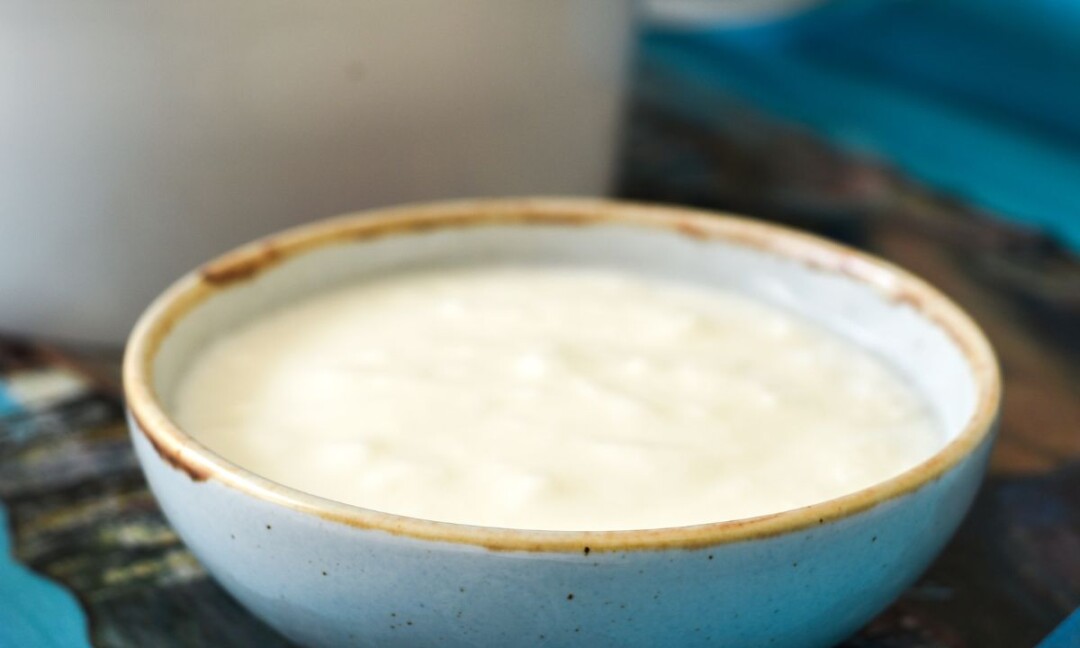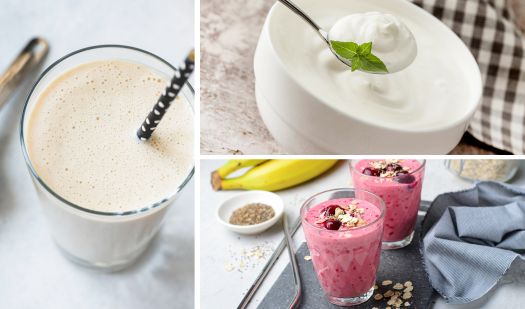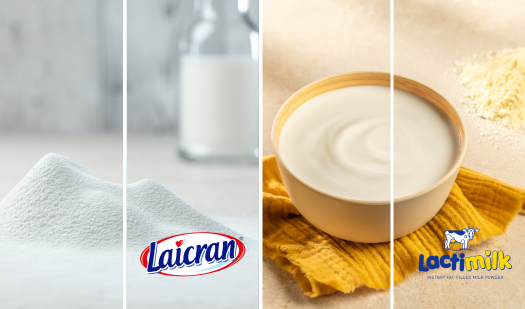
Milk Powders in African Curds and Yogurts
African Yogurt and Curd Market
Market Growth
The African yogurt market is growing. According to Global Data, it is estimated at USD 1.49 billion in 2024 and is expected to reach USD 1.84 billion by 2029, with a compound annual growth rate (CAGR) of 1% 1. This growth is driven by increasing urbanization, rising purchasing power, and greater awareness of the benefits associated with yogurt consumption 2.
The demand for dairy products, including yogurts and curds, is expected to continue increasing in Africa. According to a report by the OCDE and FAO, per capita consumption of fresh dairy products is projected to grow by 0.8% per year to reach 15.7 kg by 2032 3. This increase is mainly due to population growth and changing dietary habits towards greater dairy consumption.
Consumption Trends
Current trends show a preference for enriched and functional dairy products. Consumers are increasingly attracted to products that offer additional benefits, such as creamy textures and improved nutritional values, including vitamins and proteins. There is also a growing demand for probiotic foods due to the prevalence of digestive disorders. Natural ingredients, without artificial colors, flavors, or sweeteners, are also sought after.
African consumers show a strong attachment to traditional dairy products, such as curds, perceived as natural and nutritious. Local and international companies are innovating by offering protein-enriched yogurts, reduced-sugar versions, or plant-based products to address health concerns 4. Additionally, drinkable yogurts are gaining popularity, particularly in South Africa, due to their convenience and health benefits. This trend is supported by a growing demand for ready-to-consume and healthy products 2.

Optimization of Fermented Products with Milk Powders
Improvement of Texture and Consistency
Adding milk powder increases the non-fat solids content, particularly proteins, in the milk mixture used for yogurt production. This increase promotes the formation of a denser protein network during fermentation, which improves the firmness and viscosity of the final product. Specifically, the additional proteins from the milk powder strengthen the gel structure formed by casein coagulation, reducing syneresis (separation of the supernatant whey) and giving the yogurt a creamier and more homogeneous texture 5.

Nutritional Value Enhancement
Incorporating milk powder in the production of yogurts and curds enriches these products with essential nutrients. Milk powder is a concentrated source of high-quality proteins, containing all the essential amino acids needed by the human body. It is also rich in calcium, vital for bone health, as well as vitamins such as B12 and riboflavin. Thus, adding milk powder increases the nutritional density of yogurts, making them particularly beneficial for populations with increased protein or calcium needs 5.
Manufacturing Process Optimization
Using milk powder offers better control over the yogurt and curd manufacturing process. Unlike liquid milk, whose composition can vary due to seasonal factors or cow feed, milk powder has a stable and standardized composition. This allows producers to precisely control the dry matter and protein content of the initial mixture, ensuring consistent product quality. Additionally, milk powder is easy to store and handle, reducing microbiological contamination risks and improving overall production efficiency 5.
Our Solutions at Lactalis Ingredients
Skimmed and Whole Milk Powders: For Optimal Quality and Performance
Lactalis Ingredients offers skimmed and whole milk powders for industries looking to improve the quality and consistency of their yogurts and curds.
Laicran® Whole Milk Powder: This powder is specially formulated for fermented dairy applications, offering a rich milky taste and creamy texture. Its high dry matter content helps improve yogurt firmness and reduce syneresis (whey separation), which is essential for ensuring a stable and homogeneous final product.
Skimmed Milk Powder: Highly valued for its richness in proteins and lactose, it helps enhance the texture of yogurts without adding fat. It also offers better control over the fermentation process, ensuring consistent product quality, optimized natural taste, and increased stability.

Fat filled Milk Powders: An Economical and Functional Alternative
To address cost and production optimization challenges, Lactalis Ingredients also offers fat filled milk powders, such as Lactimilk. These powders are designed to provide a competitive alternative to whole milk powders while maintaining high nutritional and functional quality.
Lactimilk: This powder contains 28% vegetable fats and 24% proteins, allowing it to replicate the characteristics of whole milk while being more economical. It is enriched with vitamins A and D, meeting the nutritional needs of health-conscious consumers. Its excellent solubility and easy rehydration facilitate its integration into yogurt and curd manufacturing processes, reducing the time and energy required for preparing dairy mixtures.
Any question ? Contact us !
Sources:
[1] Global Data
[2] Mordor Intelligence. (n.d.). Africa Yogurt Market. Consultable sur https://www.mordorintelligence.com/fr/industry-reports/africa-yogurt-market
[3] Food and Agriculture Organization of the United Nations. (n.d.). Open Knowledge Repository Consultable sur https://openknowledge.fao.org/server/api/core/bitstreams/97f8fadb-89c5-48b7-a0bf-72f81a4f8961/content
[4] Tetra Pak. (n.d.). Consumer Yoghurt Trends. Consultable sur https://www.tetrapak.com/fr-fr/insights/cases-articles/consumer-yoghurt-trends
[5] HAL. (n.d.). Yaourts, laits fermentés. Consultable sur https://hal.science/hal-00929530/file/hal-00929530.pdf
[6] Institut Agro Rennes-Angers. (n.d.). Optimisation des procédés de transformation du lait en poudre : vers une maîtrise innovante des propriétés physico-chimiques et nutritionnelles. Consultable sur https://www.institut-agro-rennes-angers.fr/recherche/faits-marquants/transitions-alimentaires-favoriser-des-choix-alimentaires-durables/optimisation-des-procedes-de-transformation-du-lait-en-poudre-vers-une-maitrise-innovante-des-proprietes-physico-chimiques-et-nutritionnelles















